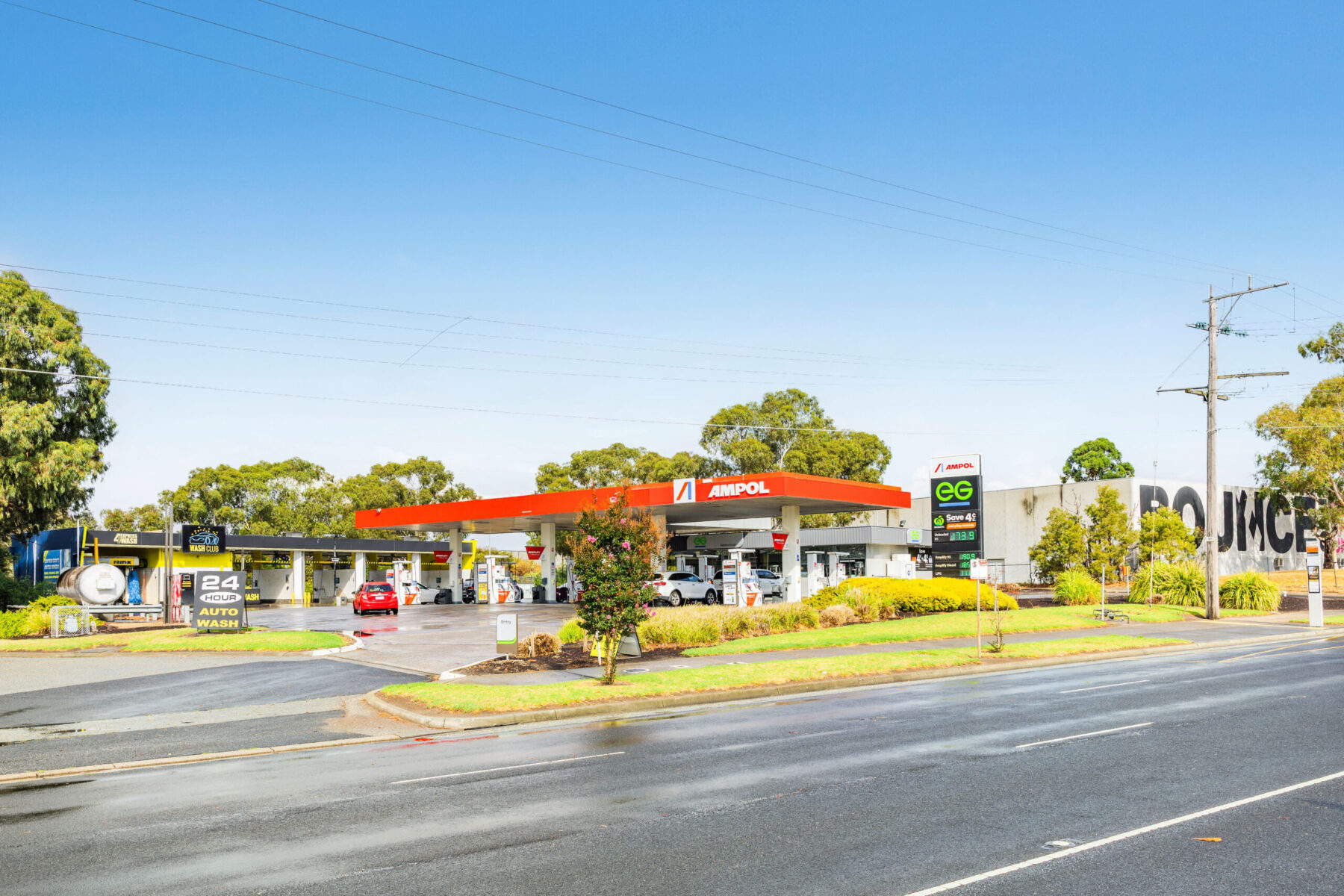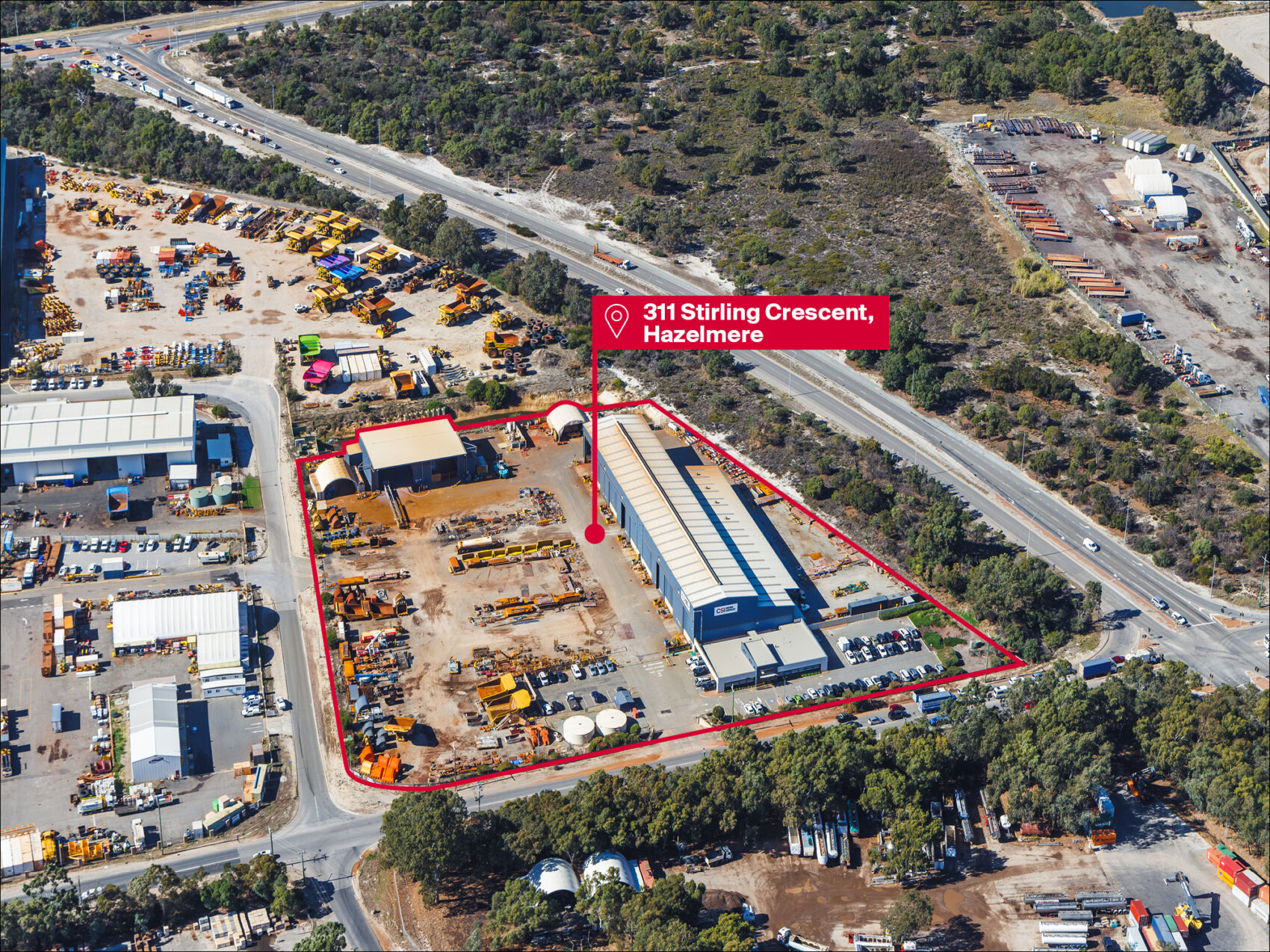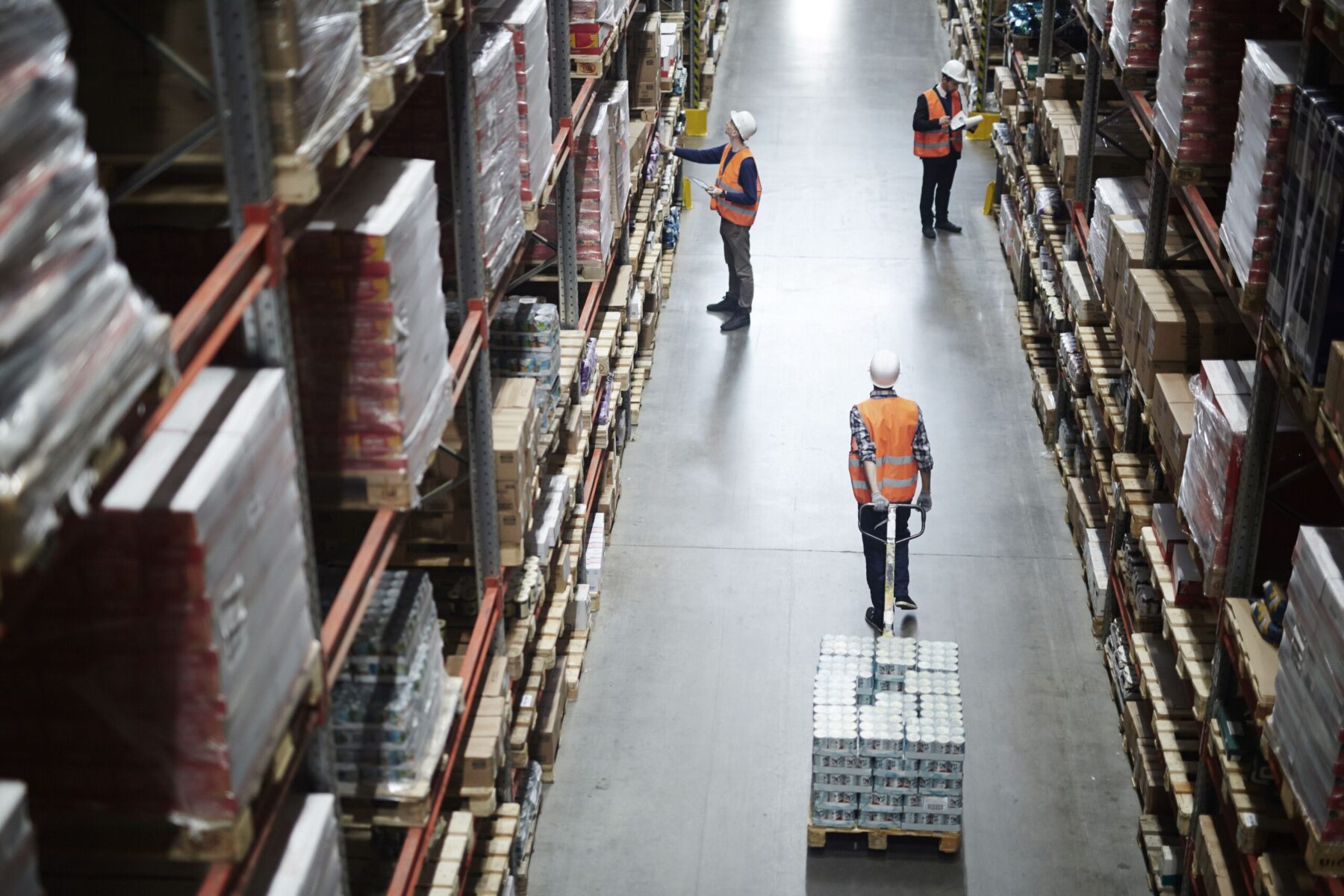Brisbane is shaping up as a prime destination for investment in development activity
30 June 2022
Investment in Brisbane’s biggest commercial property markets has surged in the first half of 2022, picking up where it left off in 2021 with last year being a record year of transactions in Queensland.
According to Colliers, Queensland is entering a dynamic new chapter in its evolution driven by population growth, a growing economy, a rise in innovation and demand for lifestyle and high growth precincts – as well as the state’s successful 2032 Olympic bid.
“Queensland has entered an era of growth with several economic and demographic trends distinctly demonstrating its long-term potential as a destination for investment and development activity through 2022 and beyond,” John Marasco, Colliers Managing Director of Capital Markets & Investment Services, says.
“We expect the recent tightening of yields to slow as the market reacts to the changing economic climate. Meanwhile, investment in transformational infrastructure projects combined with good urban and town planning will not only address the current needs of the state, but work towards achieving the State and Brisbane City’s unique vision for the future.”
Colliers’ research has found investment activity in Brisbane’s commercial property sector increased significantly in 2021 compared to 2020, with over $1.4 billion worth of property transacted in the CBD alone.
In just the first half of 2022, Colliers has seen a total of $5.0 billion in property transacted in Queensland, showing a robust start to the year.
INDUSTRIAL
The past 12 months have represented an unprecedented period for the Brisbane industrial and logistics sector as investment and occupier volumes reached new heights, and yields fell to record lows in all submarkets.
Colliers Managing Director of Industrial Gavin Bishop says market conditions for 2022 are forecast to remain strong in Brisbane and will be supported by solid underlying fundamentals which will continue to create a tailwind for occupier and investment demand.
“While existing fundamentals such as e-commerce, infrastructure investment, and automation will remain key drivers for demand, population growth in Queensland is currently the strongest in the country and will amplify demand for warehouse space off the back of growing
consumption levels,” Mr Bishop said.
“However, fewer assets have been brought to market in 2022 which has constrained investment volumes. Queensland was the most active industrial market in the country in 2021 by number of assets to trade, however, investors are holding out bringing assets to market in order to capture the forecast uplift in rents.
“Given the upswing in rents, demand for short WALE assets in infill markets has been particularly
strong as investors target assets that provide short term positive rental reversions.”
Demand is expected to remain strong over the next 12 months, underpinned by strong occupier fundamentals which have improved substantially over the past year.
“In 2021, occupier take-up reached record levels at almost 700,000 sqm while the strong momentum has continued into 2022 with downward pressure on vacancies despite the increase in speculative supply,” Mr Bishop said.
“Positivity around the ‘golden decade’ that lies ahead for Queensland is expected to drive further
capital into the local industrial and logistics sector, particularly from new capital sources.
“The demand pool is diverse with strong capital inflows from both local and offshore groups. Institutional investors who have historically targeted Sydney and Melbourne see opportunity in Queensland more broadly and Brisbane in particular as rental growth has lagged the southern states over the past year and a period of catch-up is expected over the coming 12 months.”
Investors are still actively chasing industrial assets with long leases to secure tenants, to ensure income certainty in uncertain economic times.
Mr Bishop said, “But, at the same time, assets with short lease expiry profiles are no longer being
discounted by investors, particularly in infill markets.
“Selected institutional groups are actively targeting these assets as they provide the ability for
investors to capture imminent rental growth upside and sharp pricing has been achieved.”
“The pricing of industrial and logistics assets is likely to remain strong going forward, underpinned by income growth. He says investors recognise the income potential and are offsetting increased capital costs and inflation risk by underwriting rental growth of 7.0% or more in most markets.
“Despite a higher interest rate environment and the increase in funding costs, there is no evidence of a softening in yields.
“Notwithstanding this, with interest rates to increase sharply in the second half of 2022, it is likely that some cap rate expansion will occur, however, the pick-up in rents is expected to offset this and asset values are expected to be preserved. While yield compression has grabbed most of the headlines over the past two years, it will now be rental growth that will drive asset
performance.”
OFFICE
Following a hiatus in investment activity in 2020, buyer confidence has returned, and the Brisbane office market recorded $2,783.3 billion worth of investment sales (over $5m) in 2021.
As the weight of capital allocation to the Brisbane market continues to increase, yields have started to see some downward pressure and minimal tightening has occurred over Q4 2021.
Domestic institutional investors have dominated the Brisbane office investment market accounting for 89% of transactions in 2021. However, with the opening of international borders, we are expecting to see Brisbane receive an increasing share of offshore investment in the year ahead.
Investment activity within the Brisbane CBD has continued its return to form from 2021 with a robust first quarter of 2022. With over $1.3 billion worth of property transacted within the CBD
last year, the office sector experienced a slight tightening of yields across all grades, leading to record-breaking capital values and sales figures.
Colliers Head of Office Capital Markets Australia Adam Woodward said this run-of-form continued over the first half of 2022 with $679.5 million worth of transactions, which was largely underpinned by the sale of the landmark ‘Blue Tower Complex’ at 12 Creek Street for $420 million.
“This volume of deal flow is a welcome turn for the office sector after recent struggles reported throughout the pandemic. An overall improvement in key fundamentals and investor confidence suggests the asset class may be on its way back to reclaim its throne from the industrial sector.”
However, investment activity may face some hurdles into the future as certain obstacles become clearer. Rate rises by the RBA could impose significant impediments for private and public investors as Australia looks to follow suit of other countries by rising the cash rate as early as May.
Yield compression has been evident over the last 24 months for both Prime and Secondary grade assets. However, rising interest rates could mean the end of the tightening cycle as yields come under pressure from the rising cost of debt.
Since pre-COVID, average secondary grade yields have tightened by 0.25 percentage points (to 6.25%), and while premium grade yield compressions have been a bit more modest at just 0.8 percentage points (to 5.02%), both grades are at record lows.
When reviewing historical data, since March 2012 premium grade yields have contracted by 2.23 percentage points, with secondary yields down by 2.6 percentage points. Both grades are seeing their lowest yields since pre-GFC in 2007, a remarkable stat which highlights the current performance of the market. We do not expect to see yields move significantly over the next few years, particularly for high quality assets offering secure revenue streams, however, we do forecast the tightening of yields cycle to come to an end.
RETAIL
2021 was a highlight for retail sales volumes in Queensland recording $2.7 billion worth of sales across all retail categories, as well as the record-breaking sale of Pacific Fair sold in combination with the Macquarie Centre in NSW across two separate transactions for a combined $2.96 billion. Excluding the sale of Pacific Fair, Sub-regional and Neighbourhood centres dominated transaction activity accounting for almost 70% of transactions (by value). However, by number of
assets it has been Neighbourhood centers that have recorded the most transactions with 16 Neighbourhood centres trading in Queensland over 2021.
The weight of capital directed to Neighbourhood centres has driven yields to historical lows with Brisbane recording average yield compression of around 175 basis points over the last 12 months. The onset of the pandemic has accelerated the desire to migrate to Queensland, with the state being the beneficiary of positive net internal migration particularly from Sydney and Melbourne.
With an increased interest in Neighbourhood assets, investors have been encouraged up the risk curve, and investor interest is growing in Sub-regional assets. Over the start of 2022 two Sub- regional centres traded totalling $214.7 million, although activity amongst Neighbourhood’s remains strong with 12 assets trading for a total of $612.3 million.
Managing Director of Retail Capital Markets Asia Pacific Lachlan MacGillivray said there is still strong demand from investors for high quality assets in the Queensland market, ranging from neighbourhood centres to dominant regional centres, which have a strong underlying cash flow.
“As the pandemic has progressed and foot traffic has bounced back in larger centres, there will be more demand created,” Mr MacGillivray said.
“The return of both domestic and international tourists bodes well for Queensland’s retail sector. It is clear that investors are still attracted to the positive fundamentals Queensland has to offer with first half sales volumes already reaching over $1.45 billion which equates to almost 40% of total retail transactions across the country.”



